-
You're not the first person to not be able to make nvidia work on Mint. Here's another one I found earlier today: https://www.youtube.com/watch?v=Xl6OBIQl_MI
-
Use gparted to assign label names to your partitions/drives, and you might need to edit /etc/fstab. More info here, and there are more such forum posts to read through: https://forums.linuxmint.com/viewtopic.php?t=344652
Overall, I'd say that Mint is the best distro to start with, but if you stumble on the few bugs they have, start looking elsewhere. I'd suggest you start by trying ubuntu 24.10 instead of mint.
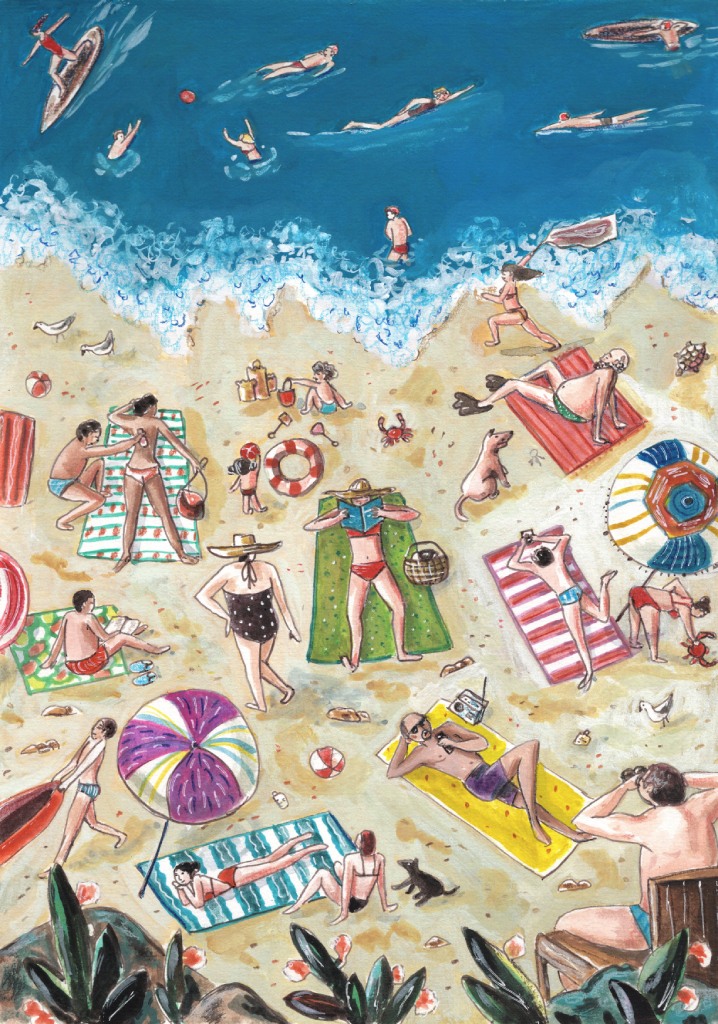
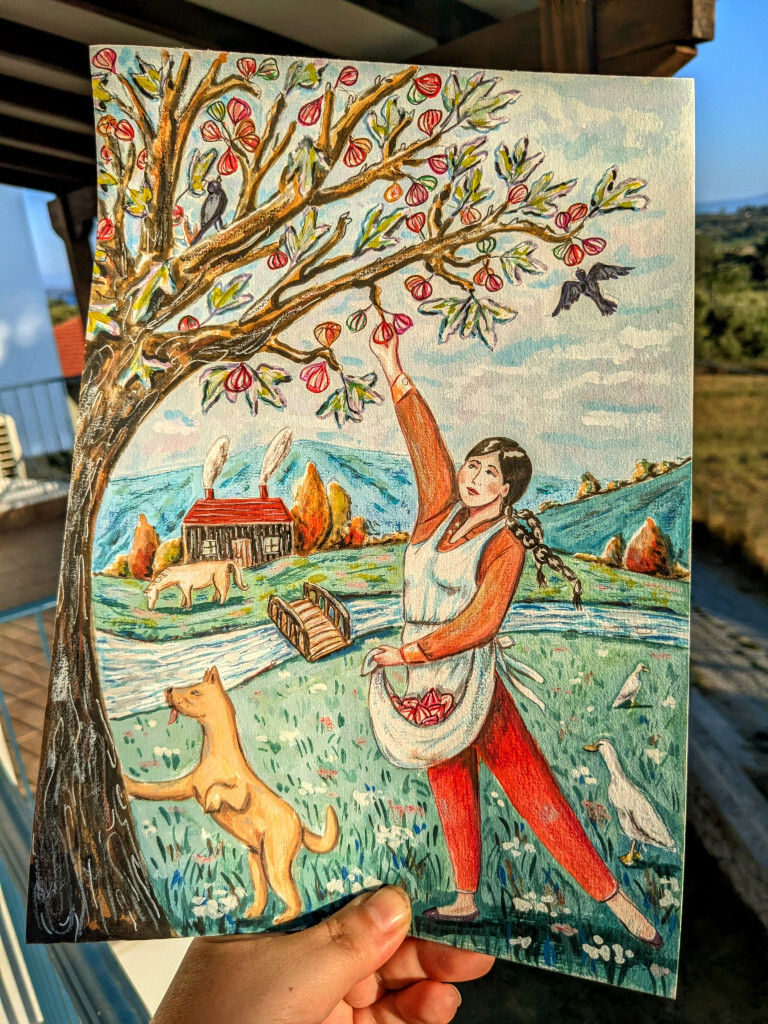
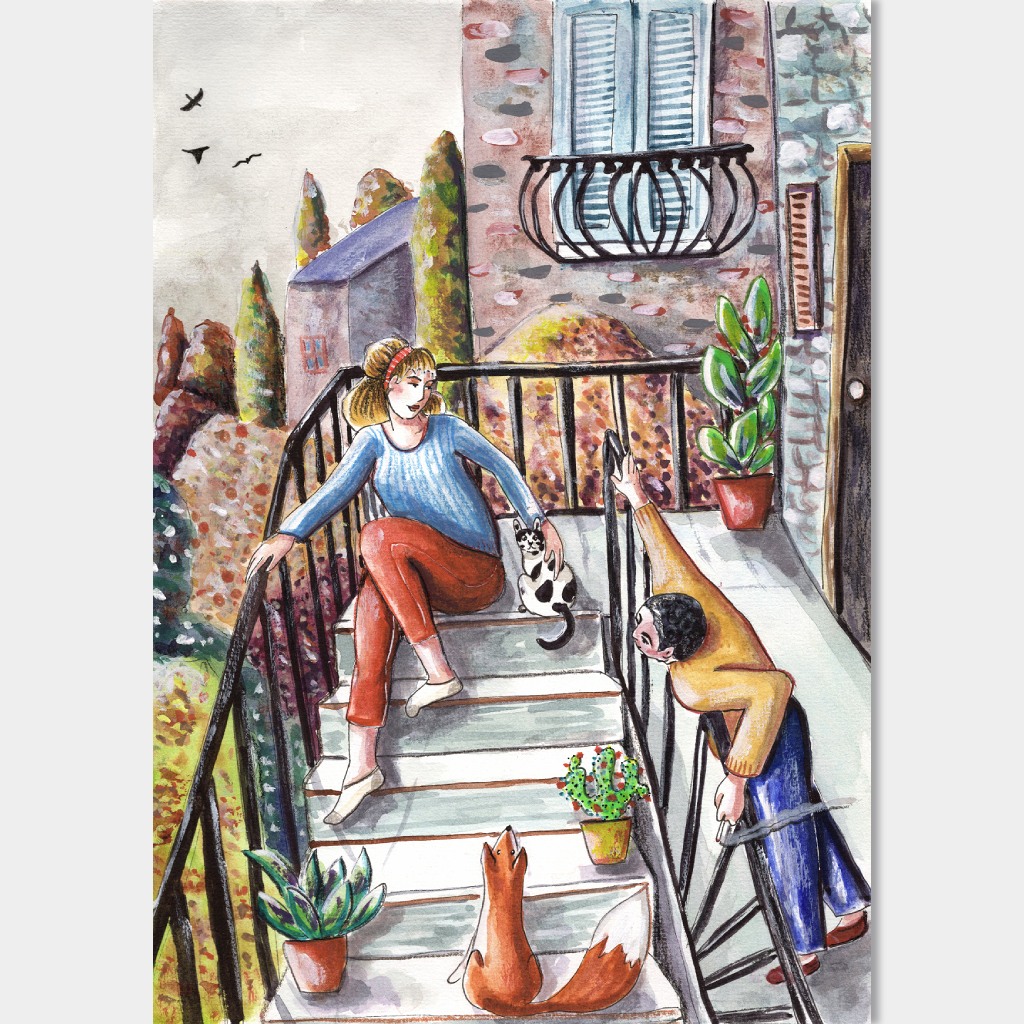
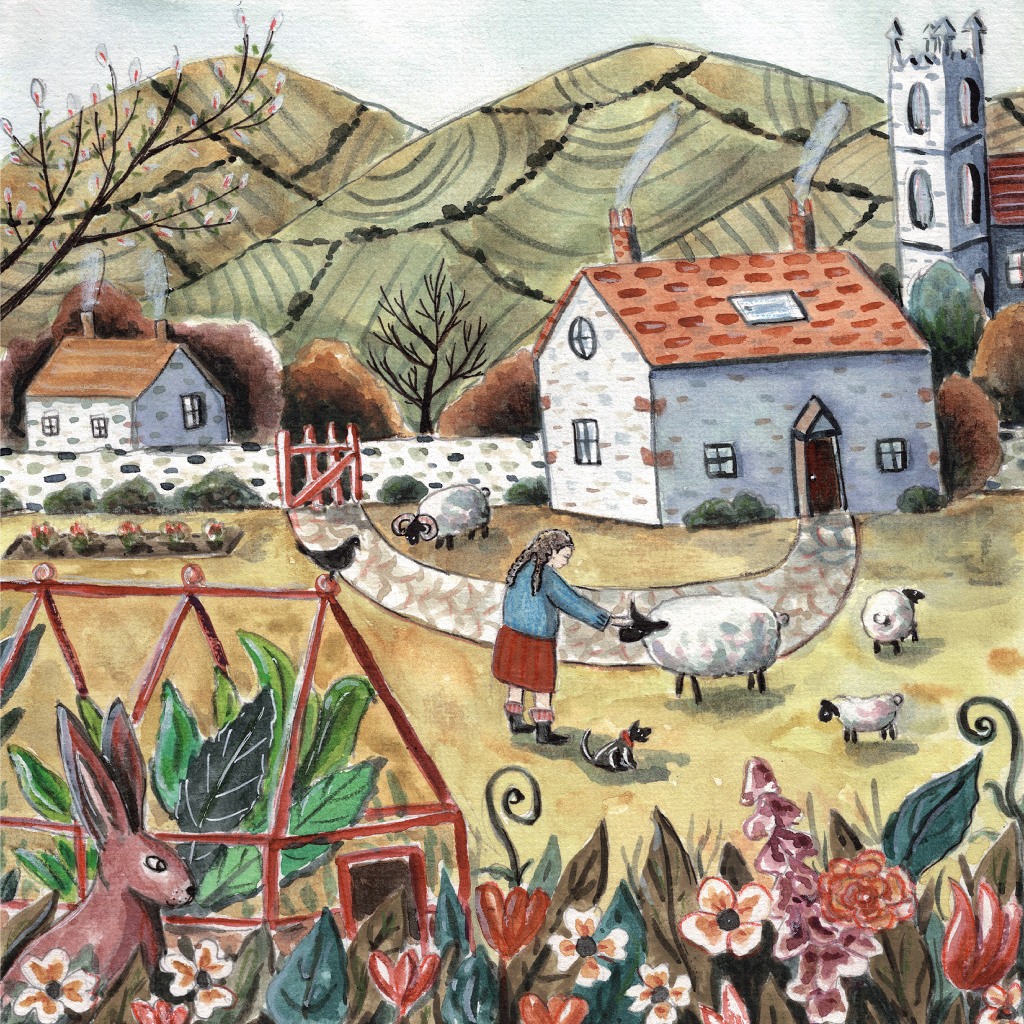
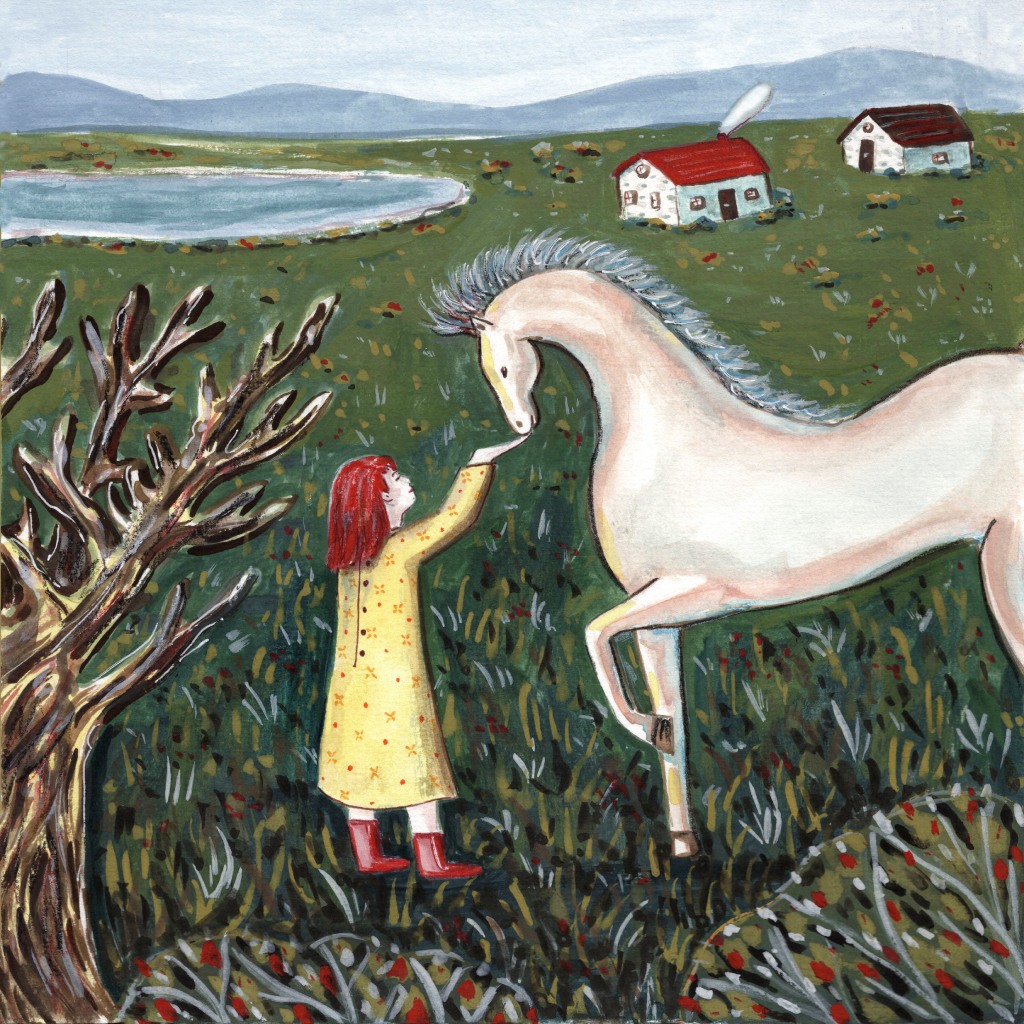
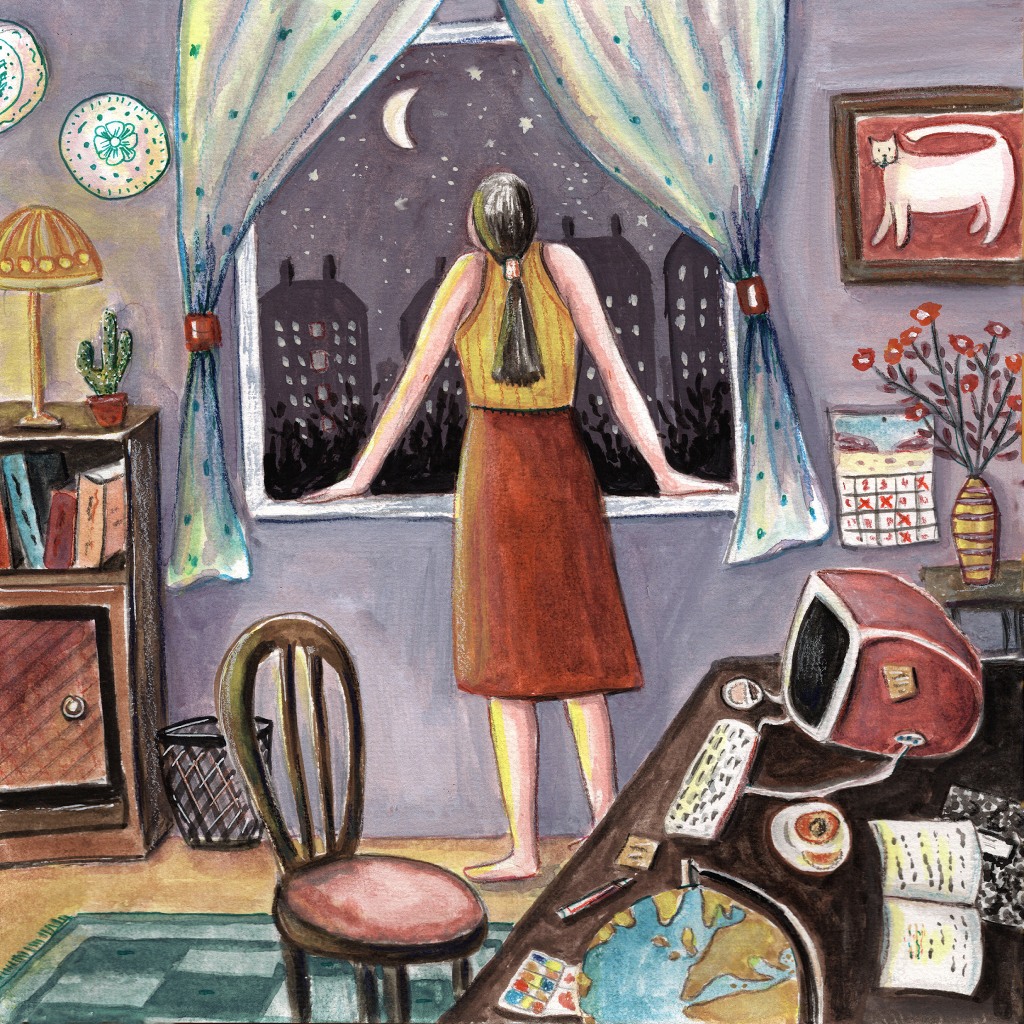

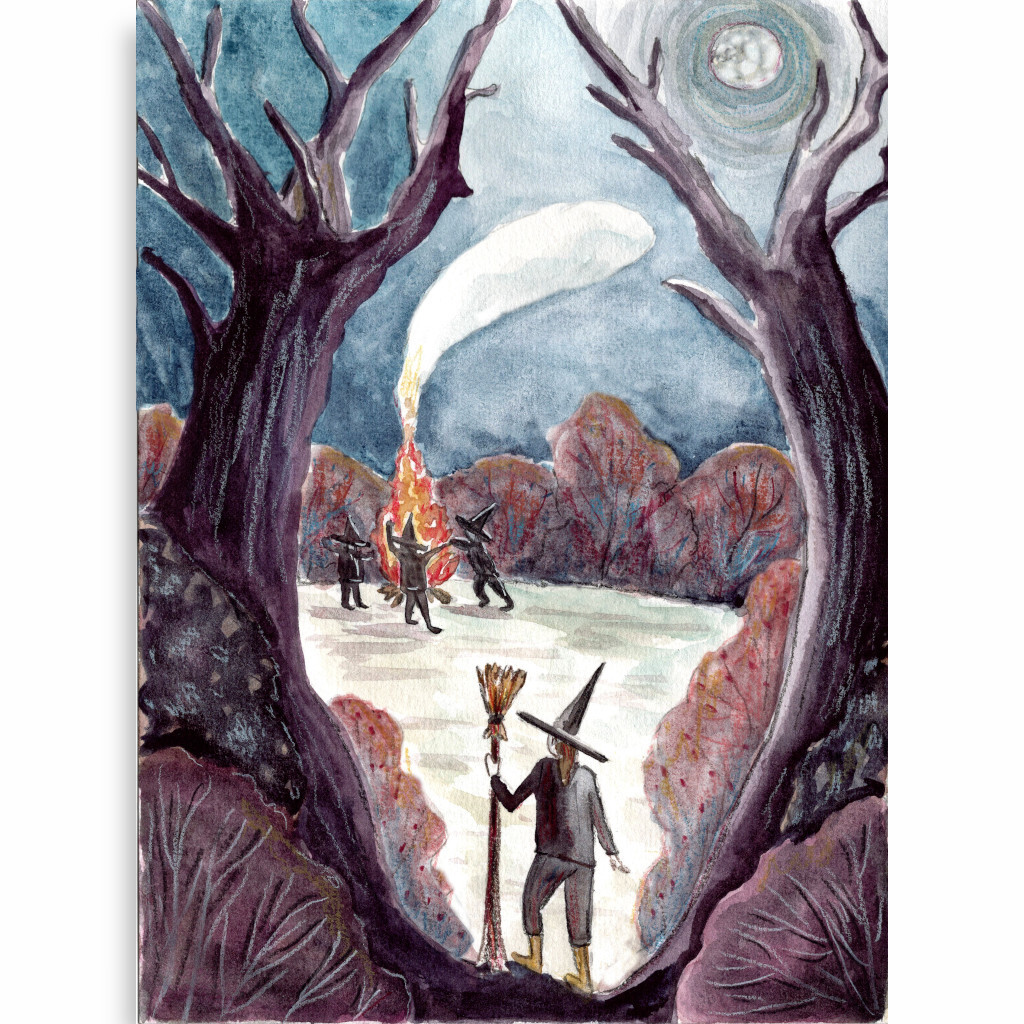




Your biggest problem is the amount of RAM, not the cpu. Some Linux distros would fit nicely on 2gb with a few native apps open, but the moment you'd want to browse the web, all hell will break loose, as each tab will take hundreds of megs each (youtube takes between 600 and 1200 mb of ram). FYI, even if chrome/ium is hated in these parts, it uses less ram than firefox (there's also a setting to use even less ram).
I'd suggest you use either Alpine Linux with xfce (240 MB of RAM on a cold boot), or even better, Q4OS with the Trinity Desktop (fork of KDE), 350 MB of RAM. The advantage of Q4OS is that it's a debian, so it can run lots of .deb files made for debian. Alpine is cool and all, but it has bugs on the desktop (some of its package management has dependency problems).
A tip: to save ram, don't use background images, only a single color. You can save up to 50 MB of RAM that way, depending on the image you'd be using.